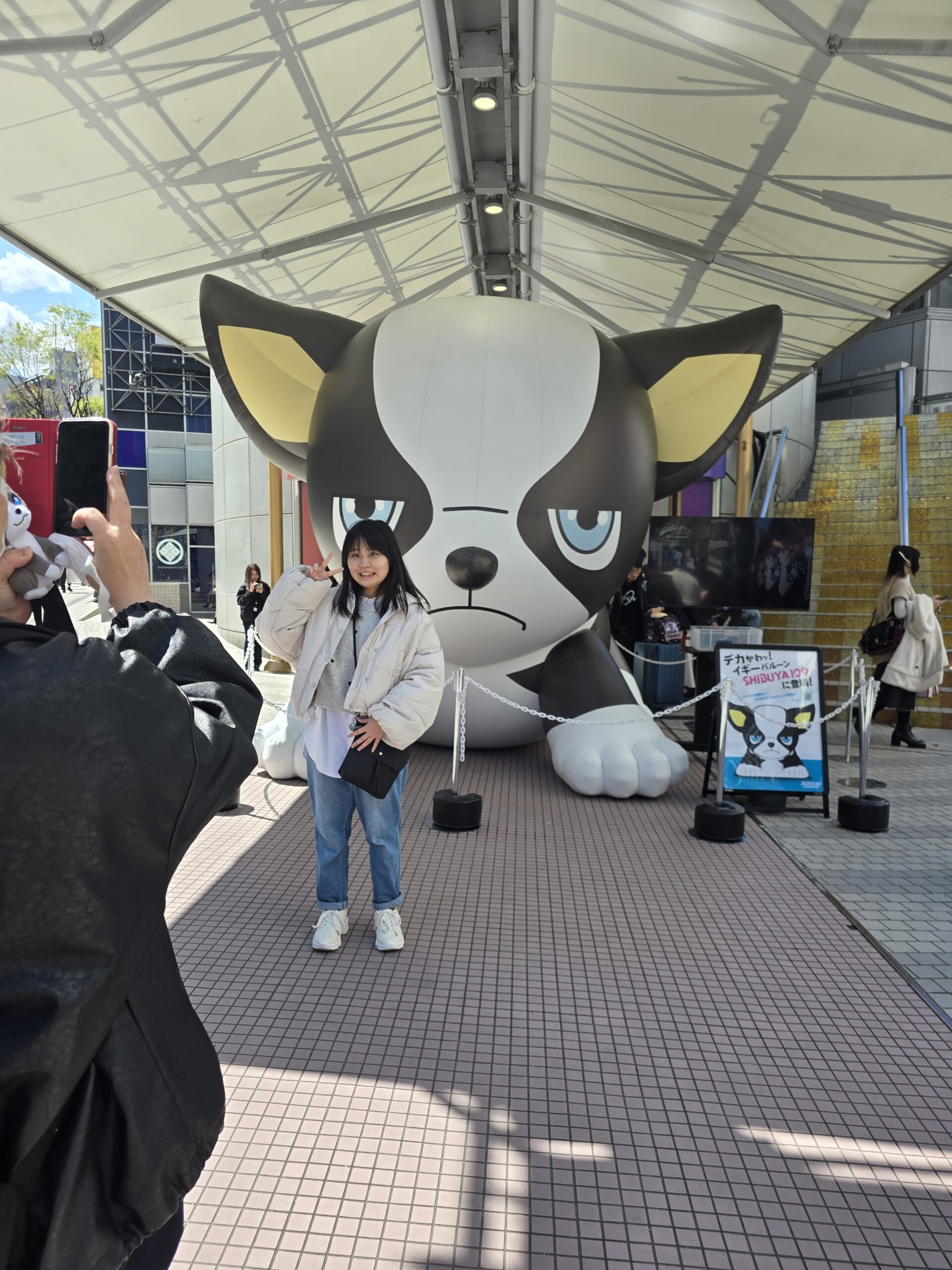I was aware that Japan produced a huge amount of anime, Japanese animation, but I had not realised, until coming here, how important cartoon characters are to them and how they ‘spill’ in to their every day lives. Cartoon characters are everywhere! Wherever there is a shop sign, or a commercial hoarding there will be a cartoon character. Often replacing what would be for us a human image, a David Beckham or a George Clooney. I suppose the cartoon character is cheaper to recruit for the photoshoot.




The characters are mostly warm and cuddly but some do look evil and menacing. Most are small in stature with disproportionately big eyes. Cartoons are watched by everyone, young and old. A particularly important cartoon, I read, runs on a sunday night called Sazae- San. It started production in 1969 about a ‘typical’ housewife and young siblings, now on its 7000 plus episode and still watched by 12 million people each week, outstripping everything else on the TV. The show has even spawned a syndrome called the Sazae -San syndrome. With the show airing on a sunday night before work on a Monday the syndrome can be likened to our Sunday night blues. Instead you say that you have the sazae – san blues.


The phenomenon of Anime has triggered a large body of academic study on why it is so popular and ingrained in to the Japanese culture , when in other cultures the genre fades in teenage children. Or maybe we just feel the social pressure to grow up and grow out of them? After all how many adults love to take their kids to see the latest Disney?
Academics describe the anime phenomenon in Japan as natsukashii, a sense of familiarity and positivity. Suzae -San shows an earlier, traditional and simpler life in Japan. In contrast we may watch something that we would describe as nostalgic, but for us – academics say – we may be a craving to return to older happier days with some negative thoughts about today’s world. Natsukashii is different, familiar, and only positive.




What is clear is that cartoons are escapism. The bright images are easy for the brain to process, engaging, other worldly and addictive. The young child gawping at bright images on a TV screen that we are familiar with continues here in to adulthood. You see that all around you here. Some people even start to dress like their favourite characters.


Leave a Reply to Sasha Cancel reply